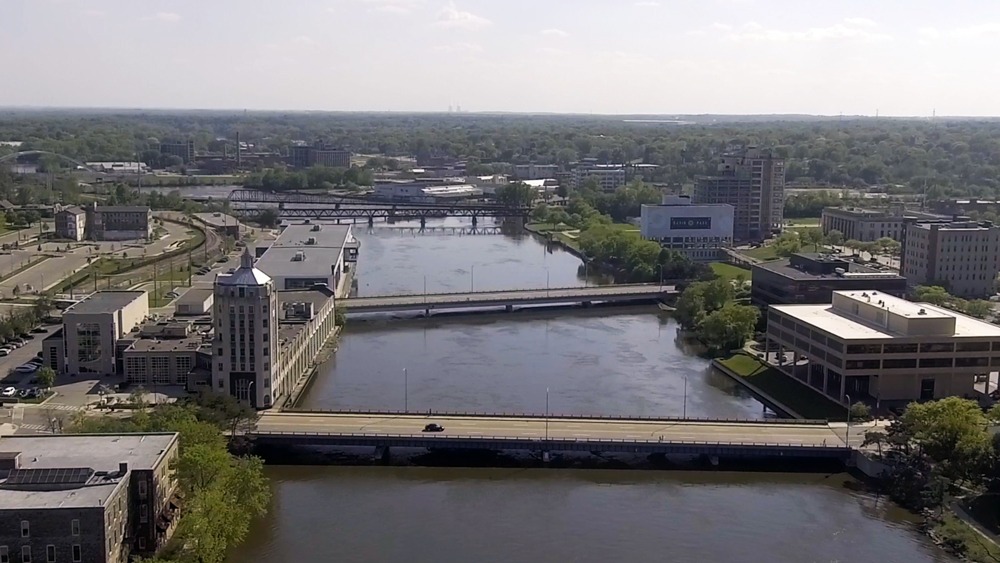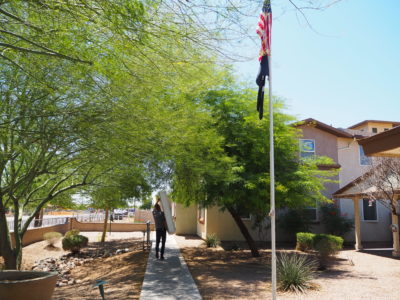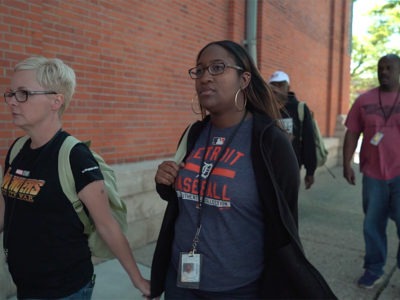Technological advancements are rapidly changing the world around us, but are they designed to solve the critical challenges of our time?
In “Power to the Public: The Promise of Public Interest Technology,” Tara Dawson McGuinness and Hana Schank describe a new approach to solving our world’s problems: public interest technology. This means centering people during policymaking, measuring success with data, and testing strategies with small experiments before scaling up.
Many of these tenets are embodied in the Built for Zero movement to solve homelessness. The book features the story of Rockford, Illinois, a community that leveraged data-driven systems to functionally end chronic and veteran homelessness.
“Every veteran has a name. Every person has a story. When we make their story part of our story and our life and our work, we’re able to get people housed.”
Larry Morrissey, former mayor of rockford
Using real-time data to end homelessness
Rockford knows every person facing homelessness by need and name, and can access a full view of homelessness across their community in real time, thanks to their by-name list. From this list, they housed every veteran and person experiencing chronic homelessness.
Dawson McGuinness and Schank recount the story of how Rockford used the by-name list to make progress on homelessness. They spoke to former mayor Larry Morrissey, who explained:
“Every veteran has a name. Every person has a story. When we make their story part of our story and our life and our work, we’re able to get people housed, we’re able to manage that list, and we’re able to make the connections to solve that problem.”
Creating rapid feedback loops
Once a community has accurate data on homelessness in their regions, they work together to test strategies and change course based on what’s moving the needle on ending homelessness.
As described in the book, Built for Zero Co-Director Jake Maguire refers to this as “adaptive problem solving.”
McGuinness and Schank describe how “proposed solutions must include a feedback loop with the public that is shorter than years and decades.” In Built for Zero communities, they use real-time data on homelessness to monitor what ideas are working to improve their system. This rapid feedback loop is not only enabling communities to make progress, but fundamentally shifting our understanding of what is possible — and what it takes — to end homelessness.
Breaking down how Built for Zero works
Author Tara Dawson McGuinness unpacks how Built for Zero connects to the change-making culture explored in “Power to the Public” in one epic Twitter thread:

Public interest technology and homelessness
Join us for a panel:
- 1 p.m., May 13
- Featuring authors Tara Dawson McGuinness and Hana Schank along with speakers from Rockford, Ill., and Built for Zero




